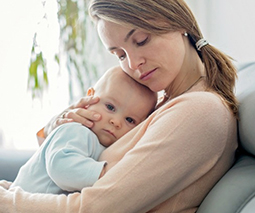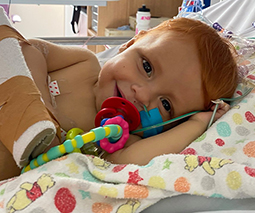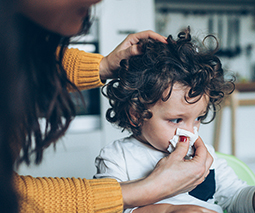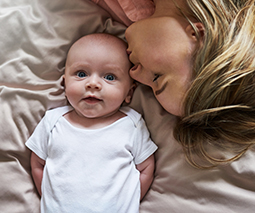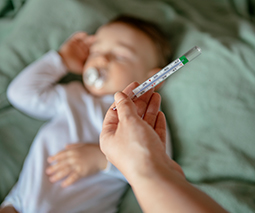4 summer skin conditions your baby may experience (and how to deal with them)
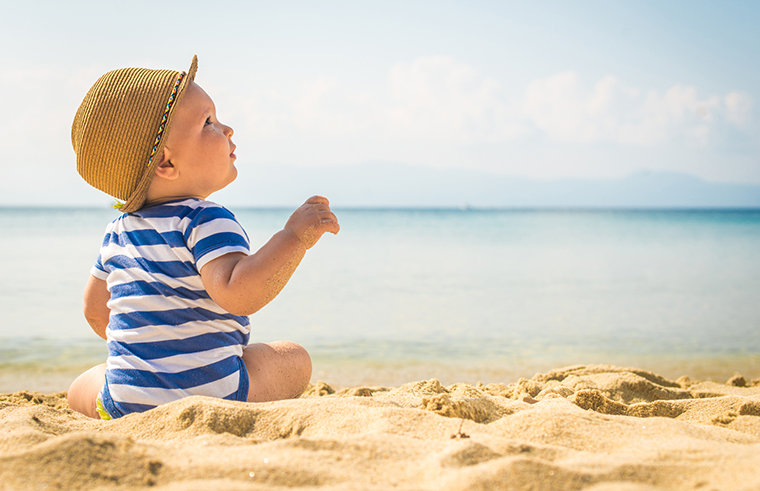
Looking forward to a hot summer with beach days and garden play? Aren’t we all! But if you have a little one here’s a heads up about some not-so-nice skin conditions that tend to pop up over the warmer months (and how to prevent, spot and treat them).
Nappy rash
According to Dr Leona Yip, Consultant Dermatologist, nappy rash in babies occurs more frequently over summer because they’re drinking more fluids to prevent dehydration, which can increase the number of wet nappies and moisture in the nappy region.
“This, coupled with increased perspiration can cause or exacerbate nappy rash,” she says. “Eczema in the nappy region can also be susceptible to flare-ups in the summer due to increased heat and sweat.”
Here are Dr Yip’s tips for preventing and treating nappy rash:
- Keep moisture to a minimum: Always use a barrier cream with Zinc Oxide in it at every single nappy change.
- Use disposable nappies: They’re more absorbent than cloth varieties and be sure to change baby’s nappy frequently, i.e. every four hours for disposable nappies and two for cloth nappies (and immediately if soiled).
- Go bare bum: Allow baby to have nappy-free time, about 30 minutes a few times throughout the day.
- Ditch the soaps: Swap out soaps that can irritate the skin for soap-free washes or bath oils.
- No baby wipes: Where possible, use clean cloths or cotton with water to gently clean the irritated or uncomfortable nappy region.
- Consult your GP: If the nappy rash doesn’t respond to any of the above or if there are red pustules, blisters, spots, pain or fever present, consult with your GP for medical advice as the area may be infected and require further attention.

Heat rash
Also known as miliaria, heat rash is very common in young babies in hot summer conditions because their sweat glands are underdeveloped and don’t cope well with heat and moisture. According to Dr Yip, the vast majority of heat rashes resolve spontaneously with general measures such as keeping cool and reducing sweat and moisture, but some may need a bit more attention.
“Calamine lotion may be used to reduce itching but calamine lotion can also dry the skin. Therefore, a moisturiser should also be used to counter the drying effect of calamine,” she says. “Sometimes, the heat rash does not respond to these measures and can become extensive, uncomfortable and/or infected. In these cases, a topical steroid and possibly antibiotics may be required under medical supervision.”
Eczema
Another skin condition that flares up in the heat is eczema caused by clothing irritation from all the moisture, heat, sweat and friction. To prevent this, Dr Yip advises avoiding activities that increase sweat and moisture whenever possible and put your baby in loose-fitting, breathable clothes.
Then the two main treatment strategies are to:
- treat skin dryness that usually precedes and aggravates eczema, and
- treat skin inflammation
Use a soap-free wash or bath oils instead of soaps, moisturise regularly, and for eczema that does not resolve with these measures alone, a prescription of topical steroid is usually required to treat the redness and itchiness.
If eczema looks crusted, oozing, or the skin is very itchy or painful, there may be a secondary infection in which case antibiotics may be required.
Sunburn
It doesn’t have to be a mega-hot or sunny day for a baby’s sensitive skin to get sunburned. Sunburns can happen even when the UV index is below three if your baby is outside for over an hour. So be sure to cover them up with breathable but protective clothing and a sunhat (especially if under six months), apply high factor sunscreen regularly (particularly to areas not covered by clothes such as hands, necks and arms), and use a tent or umbrella for shade if at the beach or park for long periods.
If they do get sunburned, be sure to apply a wet, cool washcloth to the area; give them lots of fluids and apply some soothing aloe vera gel. If the sunburn is severe, please consult a doctor for further advice in case an antibiotic cream is required.
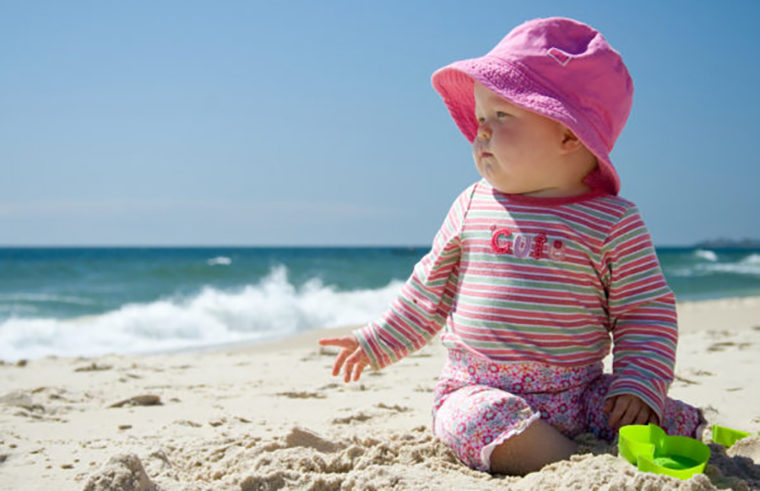
Which rash is which?
If you’re not sure what summer skin condition your baby might have, here’s a basic guide to those rashes:
- Nappy rash: Confined to the nappy area and can vary from mild redness that doesn’t bother the baby, to very red and raw skin with broken skin, pustules, blisters, red spots, or crusting that the baby finds uncomfortable and painful.
- Heat rash: Usually on the trunk of the body with red spots, pustules or white spots.
- Eczema: Can be localised or more widespread red patches and spots. Usually, itchy and dry skin is present.
- Sunburn: Red blotches and marks on areas of the body that were exposed to the sun. Will appear white if pressed gently.
Other summer skincare tips
Dr Yip advises parents also to consider swapping the type of moisturiser they use on their little one during summer if it’s particularly hot, there is increased sweat or moisture on the skin, or if there is eczema present or flare-ups.
“In the summer months, I advise changing to a lighter cream or lotion, however, if eczema is present and the skin is dry, it is important to use a thicker ointment-based moisturiser, depending on your GP’s medical advice,” she says.
“The other thing that is important is to consider the age of the baby or toddler and if they are at childcare or frequently playing outdoors, such as in the sand as this can cause skin irritation and adhere to moisturisers or lotions on the skin, causing an unpleasant sensation for little ones.”
Taking the above factors into consideration, you may need to test a number of moisturisers to find the most suitable one for your bub.
If you’re at all concerned about a rash or skin condition your child has please see a doctor for more advice.
